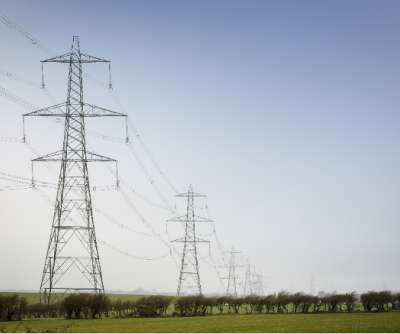Siemens, Duke Energy and Ford demonstrate lower cost home smart charging technology for plug-ins; due on market next year
Green Car Congress
DECEMBER 5, 2014
and utilizing a Ford Fusion Energi Plug-In Hybrid, Siemens provided the first UL-approved residential electric vehicle supply equipment (EVSE) to demonstrate the ability to monitor status, report energy use, and be controlled locally from the local area network and from the cloud. In 2012, Siemens was awarded $1.6 Appliance connection.






































Let's personalize your content